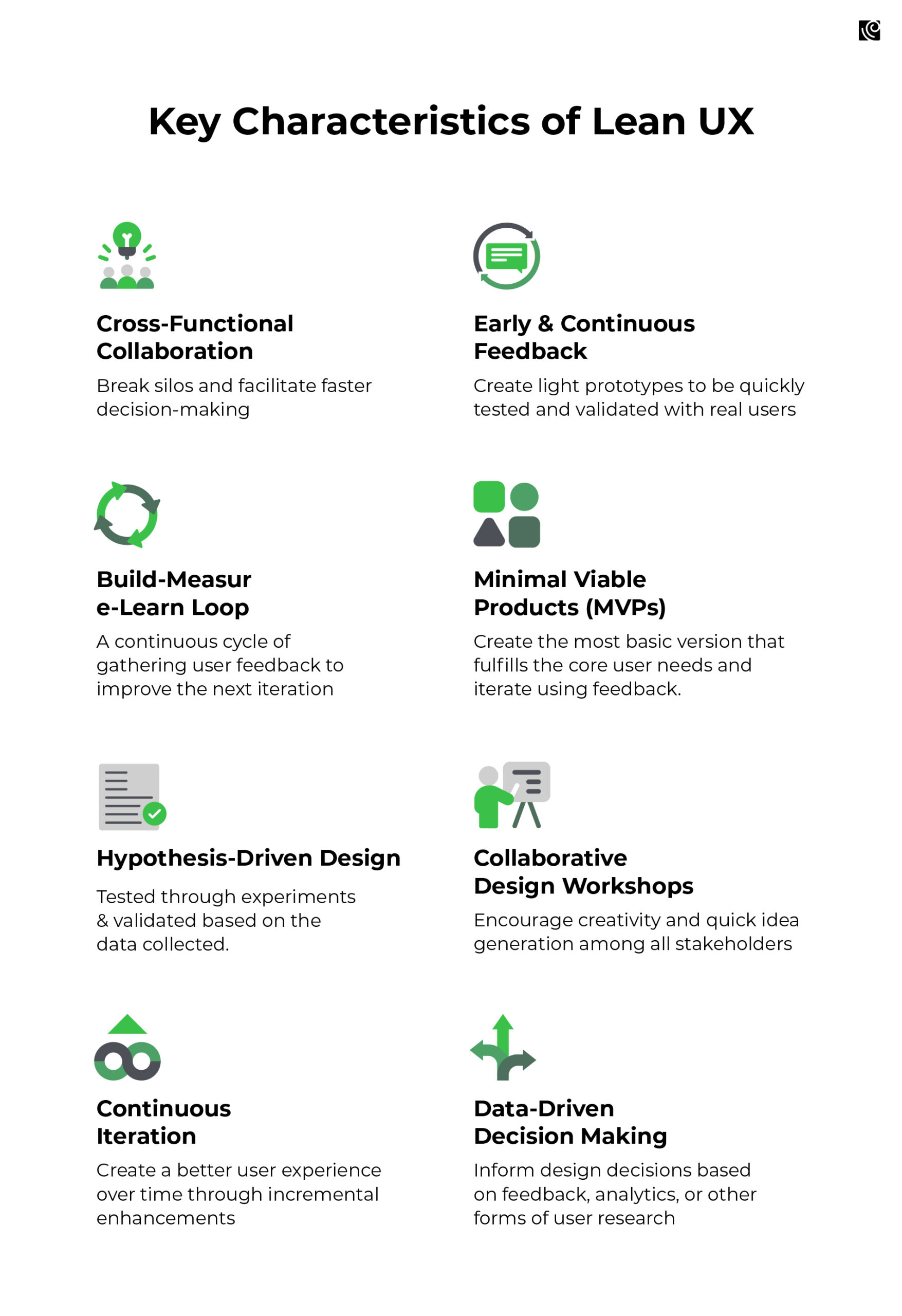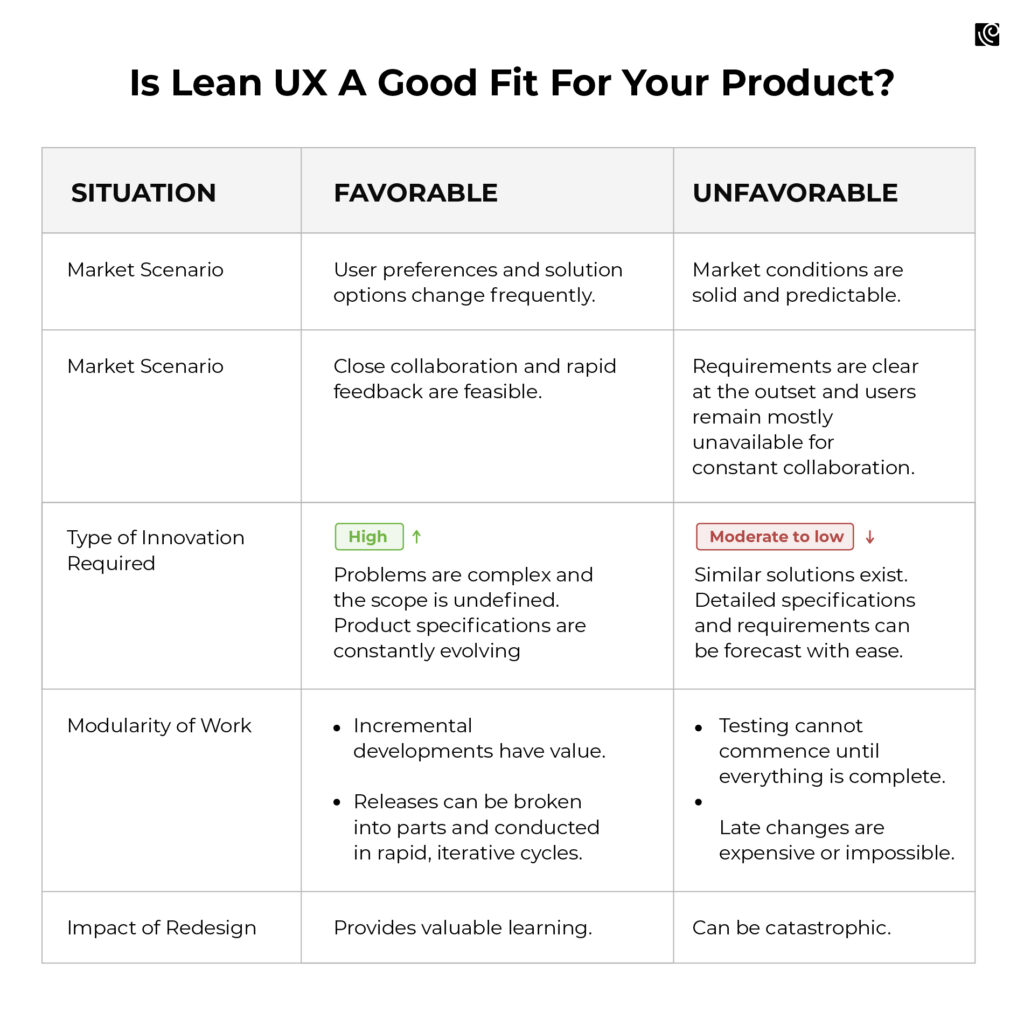No other service experiences have the potential to involve so many different people or to have such dire consequences when something goes wrong.
To make my point, here’s what an average day in a healthcare delivery setup looks like –
On the one hand, a team of doctors and nurses is performing surgery. Not too far from them are a group of administrative executives convening to review data to check if their initiatives are having a positive impact on the quality of care, and in return on their bottom line. Then there are caregivers and relatives of patients, anxious to get discharge formalities, to hear test results, or to pick up supporting documentation for insurance claims.
With a multitude of user needs within this ecosystem, the healthcare tech leadership has no choice but to rapidly evolve and mold to support these ecosystems and the many people involved.
“Too often, the creators of digital products think they will solve all of healthcare’s problems. But technology by itself is not the solution.”
Stacy La, Product Development & Design Lead, ResolveTo SaveLives.org
Healthcare technology has been slow to adapt to change, partly because it can have serious implications on the health of millions, and the rest thanks to privacy issues, and questions about how data is handled.
Delivering the right user experience to healthcare users requires product teams to primarily understand the ecosystem and its regulatory environment. Second, and more crucially, they need to build an innate sense of empathy for the users and make them the focal point in the design process.
“You can’t ‘move fast and break’ things when the product you’re building really does have life or death implications for those who will use it.”
Jonny Belding, Partner at digital health design agency Hanno
So, what exactly do you do?
You Turn to Lean UX
Lean UX is a methodology that aims to streamline the traditional User Experience design process, making it more agile and focused on rapid experimentation and iterative improvements. It is closely associated with the broader Lean Startup and Agile development philosophies.
The concept of Lean UX was introduced by Jeff Gothelf, organizational designer and UX design team leader, in his book Lean UX: Designing Great Products with Agile Teams in 2013. The methodology aims to cut through common, time-consuming tactics like detailed documentation by creating minimal viable products that drive learning quickly through frequent collaboration and rapid experimentation.

By following Lean principles in healthcare, teams can reduce the time and cost associated with traditional design processes, minimize waste, and deliver products that are more closely aligned with user needs and preferences.
The Need for Lean Methodology in Healthcare
“What if we found ourselves building something that nobody wanted? In that case, what did it matter if we did it on time and on budget?”
— Eric Ries, Author of The Lean Startup
Lean UX can help product teams specifically to create user-centered, efficient, and compliant solutions that respond quickly to changing needs and ultimately improve user outcomes and experiences. It is a method that mitigates the risk of investing resources in solutions that may not succeed. In fact, it assumes that most ideas will fail and so emphasizes the need for rapid, iterative development and validation with customers.
Check out how this MVP was built using Lean UX methodology to help ease the workload of burdened providers at the height of the pandemic.
Rapidly responds to changing needs
The healthcare industry is constantly evolving, with changing regulations, advancements in medical technology, and shifting patient needs. Lean UX’s iterative and agile approach enables product teams to quickly adapt to these changes and deliver solutions that stay relevant. Healthcare products must address the specific needs of patients, healthcare providers, and other stakeholders. Lean UX’s emphasis on continuous user feedback and collaboration help ensure that the product is designed with real users in mind, leading to better user experiences and higher user satisfaction.
Ensures faster time to market & cost efficiency
Healthcare products often have critical and time-sensitive use cases, such as telemedicine platforms or medical device interfaces. Lean UX’s focus on delivering Minimum Viable Products allows teams to launch basic, functional versions quickly, enabling them to start gathering feedback and making improvements sooner.
While product development, regardless of the industry tends to be resource-intensive and costly, the iterative approach of lean UX helps avoid wasteful spending by focusing on essential features and validating assumptions early in the process, reducing the risk of investing in unnecessary functionalities.
Follows evidence-based decision making
Lean UX encourages continuous collaboration between designers, developers, and healthcare professionals (providers, nurses, medical staff, admins, and payers) who possess domain expertise. This interdisciplinary approach ensures that the product aligns with best practices and workflows based on a data-driven approach. Using analytics and user feedback supports evidence-based decision-making, resulting in more informed design choices. This emphasis on user feedback and iterative design also helps uncover usability issues and potential risks early, leading to safer-to-use products.
Ensures adherence to compliances and regulations
Healthcare products must adhere to strict regulatory guidelines to ensure patient safety and data privacy. Lean methodology includes a continuous feedback loop and frequent testing to help identify compliance issues early, reducing the likelihood of major compliance challenges later in the development cycle.
A Word of Caution!
Having laid out the process and its advantages, it is equally important to acknowledge how challenging it is for a product team to develop lean, modular healthcare software that has continuous stakeholder feedback with metrics that represent value. Lean UX isn’t a one-size-fits-all approach, and therefore, it is important to assess if it is indeed meant for your product.

How You Can Reduce Waste with Lean UX
Conduct research with the right users, don’t rely on just your ideas
Understanding and addressing the true needs of your customers is paramount, as mistaking your assumptions for genuine requirements can prove detrimental to your product’s success. To effectively resolve any challenges, you must first discern the precise nature of the problem at hand. This necessitates conducting thorough research with your customers and delving into their perspectives and experiences to uncover any shortcomings in your product’s usability and overall appeal.
Gather inputs from a diverse array of stakeholders, including patients, caregivers, providers, and influential leaders in the healthcare industry. Embrace their critiques and scrutiny, for it is through this candid feedback that your company can attain invaluable insights on how to tackle genuine pain points.
Design fast and iteratively
Involve customers and end-users in the design and development process from the beginning. By gathering feedback and insights early and continuously, you can avoid building features or products that may not be aligned with customer needs, thus reducing the risk of wasted effort.
Create low-fidelity prototypes quickly and test them with real users to validate assumptions. This approach helps identify potential issues early on, allowing you to iterate and make improvements before investing significant resources in building the final product.
Be outcome-driven, not output-focused
Learn to appreciate the importance of outcomes. The end result, for both the user and the business counts above all else, and this is what you need to remain focussed on throughout the entire process – from initial concept through to delivery. Continuously review the product’s features and remove those that don’t add significant value to users. By focusing on the most impactful features, you can reduce development efforts on components of low relevance.
Use data and analytics to measure the performance of the product and the impact of changes. Data-driven decision-making can help identify areas for improvement and guide the team in making informed choices.
You know you have a solid market opportunity for a product. However, with your limited UX capabilities, you end up approving features that your users didn’t really find worthy. The result? You had to come back to the drawing board after a lengthy, expensive experiment.
Software development is conceptually complex, intensely collaborative, and requires proficiency in ever-evolving markets, expectations, and technologies. Agile and Lean have long been dominant methodologies and, without getting into the differences between the two, suffice it to say that they each intend to help teams create value as quickly as possible with as little waste as possible.










